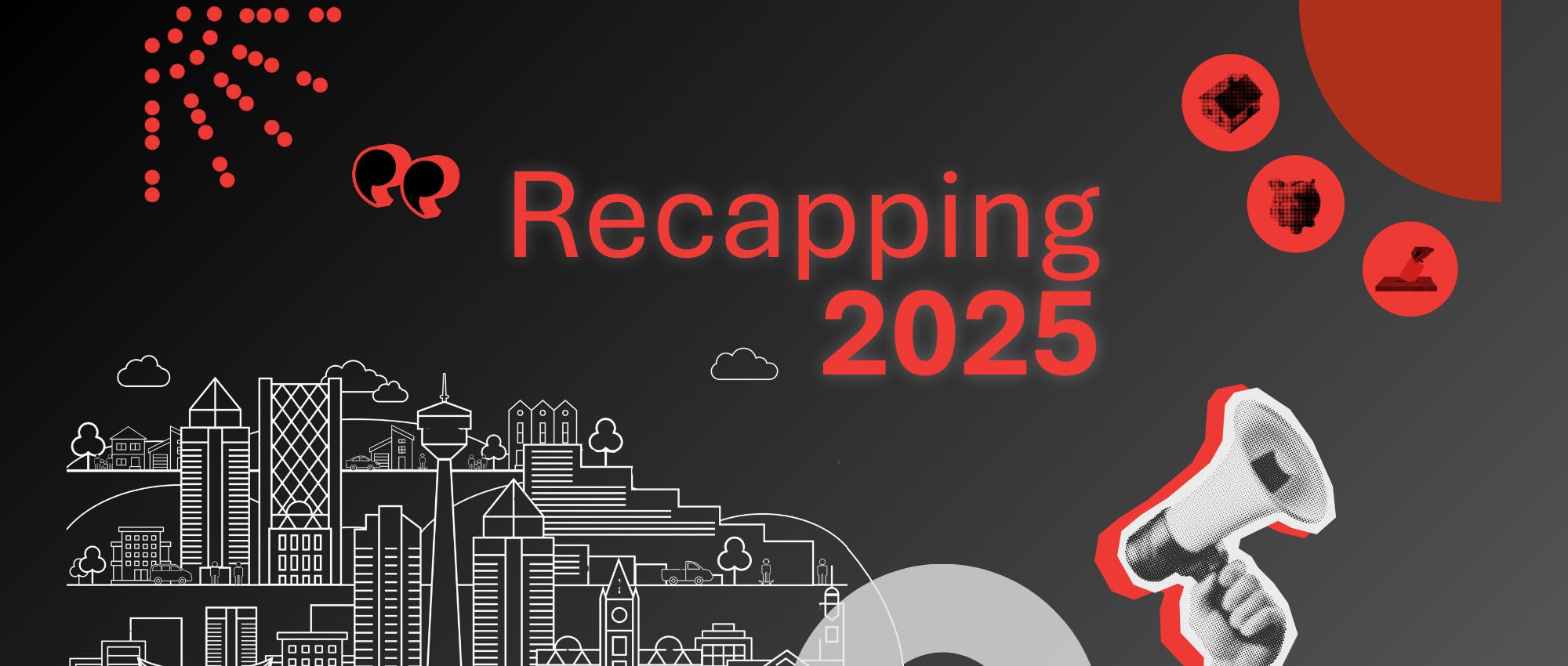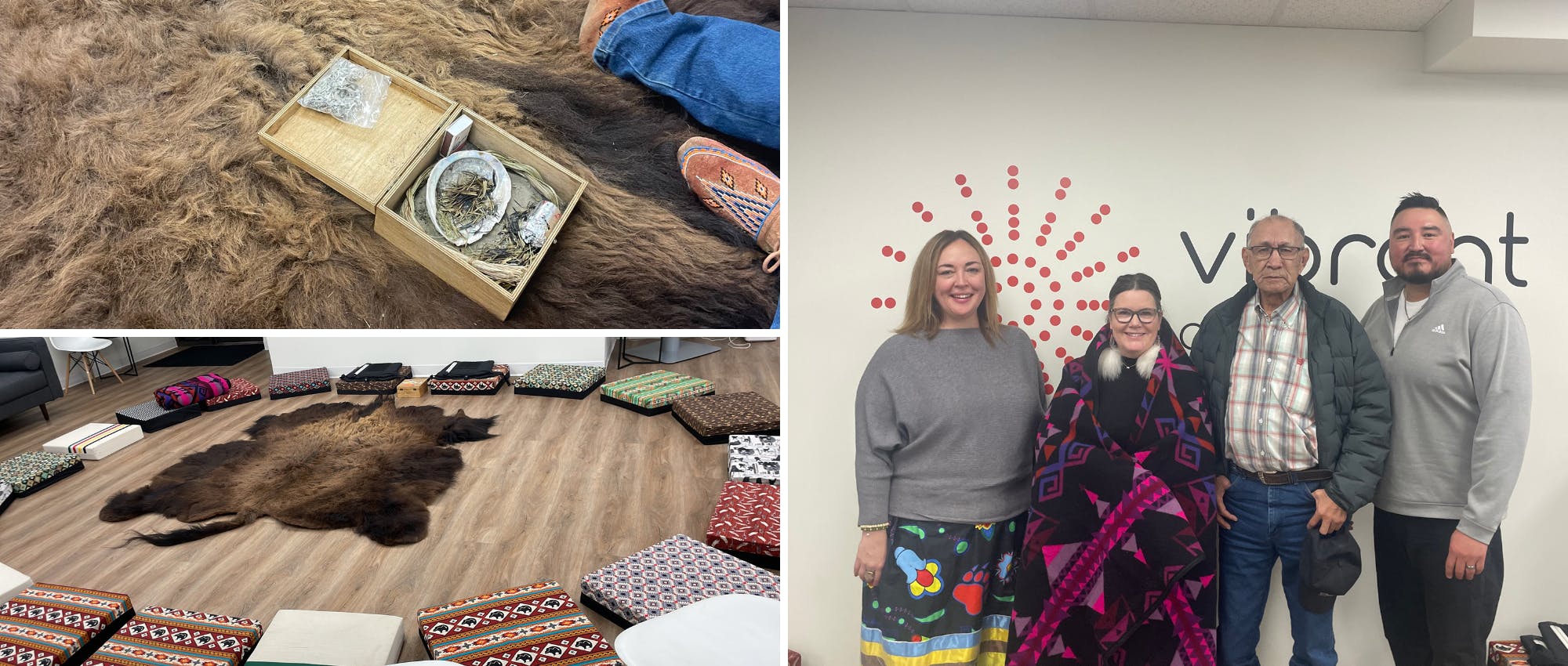This month, Social Policy Trends looks at how homelessness is defined, measured and understood. The table shows the number of people in 7 cities in Alberta who experience different types of homelessness. https://t.co/CW3vYQvjyD@policy_school @calgaryhomeless @CAEHomelessness 🧵 pic.twitter.com/eE9YWoMqbK
— Ron Kneebone 🇨🇦 (@RonKneebone) January 19, 2022
Article
Types of homelessness
The author of a new report says battle against homelessness must be fought not just in shelters but in the community
24 January 2022

The University of Calgary School of Public Policy released a report on the Types of Homelessness. Ron Kneebone, Professor in the Department of Economics, reflected on the report in an insightful Twitter thread.
We unrolled his thread below.
“This month, Social Policy Trends looks at how homelessness is defined, measured and understood. The table shows the number of people in [seven] cities in Alberta who experience different types of homelessness.
When asked about who they understand to be experiencing homelessness, people tend to think about who they see on the street or making use of an emergency shelter. Researchers and those working in the sector identify people in these circumstances as being "unsheltered" and "emergency sheltered," respectively.
Point in Time Count Data in Alberta (April 2018)

Source: 2018 Alberta Point in Time Homeless Count. The total reported for each community includes a small number of people of unknown location but who are identified as likely homeless.
The table shows that these two categories of homelessness describe only part of the problem. In Calgary, those who are unsheltered or using emergency shelters are only half of the total number of people understood to be homeless. As the data in the table shows, the importance of each category varies by community. Often the largest category of people experiencing homelessness are the "provisionally accommodated." While not literally without shelter, they are at high risk of losing that shelter on a moment's notice. These include "couch surfers" and people currently in institutions (hospitals, prison) without prospects for housing when they are released. Many of the provisionally accommodated will eventually become unsheltered or emergency sheltered.
The observation that the number of people in each category of homelessness varies by community is an important observation as it implies that the reasons for homelessness and how people respond to their circumstances is sensitive to local conditions. This means that local [governments] have important roles to play in tailoring policy responses to meet local conditions. This is not just a federal or provincial issue.
Not included in the table are people who are at risk of homelessness. These are individuals and families who are devoting such a large share of their income to housing that even small shocks to income or expenditures can cause them to lose their housing. The size of this population is hard to determine with precision. Evidence suggests, though, the number must be large. As reported in an earlier [Social Policy Trends report – First Admissions to Homeless Shelters], 300-400 people per month enter Calgary's shelter system who had never done so before. The implication is that the number of people at risk of homelessness is very large.
“This means the battle against homelessness must be fought not just in shelters but in the community.”
This means the battle against homelessness must be fought not just in shelters but in the community. Research shows that the most powerful weapon in this fight is to increase the supply of housing that can be afforded by people with limited means. Finally, no one should be identified as a homeless person. Many people have experienced homelessness during their lives but this does not define them.”
Resources
- Social Policy Trends Types of Homelessness
- The 2021 Poverty Snapshot in Calgary discusses the need for affordable housing.
- What you need to know about Stronger Foundations: The Government of Alberta’s affordable housing strategy identifies the opportunities and risks of the government’s plans to transform Alberta’s affordable housing system.

In Calgary, more than 80,000 households are in need to affordable housing
Access to affordable and appropriate housing decreases the likelihood that families and individuals will fall into or remain in poverty.
Related Articles
Have you ever had to take a second job?
Michelle James talks with callers at Alberta at Noon about burnout and the reality of managing multiple gigs.

Recapping 2025: A Milestone Year for VCC
Celebrating 20 years of systems change and progress toward poverty reduction


